Worcestershire sauce is a staple in our home. What would my homemade Caesar Salad Dressing be without it?
We also use Worcestershire sauce to season hamburger patties, make a homemade barbecue sauce, marinate steaks, and so much more!
And because an authentic Worcestershire sauce is made with a long, slow fermentation process, it’s not the sort of condiment that most of us would make at home. Instead, we buy it at the store.
So when a reader asked me to decode the label of her FRENCH’s Classic Worcestershire Sauce, I thought it made excellent sense to do so.
Here’s what the manufacturer claims:
“Why not make an ordinary meal extra-ordinary with FRENCH’S Classic Worcestershire Sauce? Versatile and flavorful, FRENCH’S Classic Worcestershire Sauce makes all types of meat more tender and flavorful.”
FRENCH’s Classic Worcestershire Sauce: Ingredients
- Distilled Vinegar,
- Water,
- Molasses,
- Corn Syrup,
- Salt.
- Anchovies,
- Tamarind Extract,
- Sugar,
- Spices,
- Dehydrated Garlic Powder,
- Caramel Color,
- Xanthan Gum,
- Propylene Glycol Alginate
- and Natural Flavors (Soy)
FRENCH’S Classic Worcestershire Sauce: DECODED
Distilled Vinegar sounds rather innocuous, but (in the U.S. at least), almost all distilled vinegar is made from genetically-modified corn. If you’re trying to opt out of the GMO food supply, then you’ll want to avoid distilled vinegar in favor of more robust kinds like apple cider vinegar (made from apples) or balsamic vinegar (made from grapes).
For more on the nature of GMOs, read:
The Link Between Roundup Ready GMOs and Disease
Vandana Shiva on the Dangers of GMOs
GMO Golden Rice: A Panacea or a Hoax?
GM Corn Health Risks Prompt Russia to Ban Corn Imports
Water needs no explanation.
Molasses is another one of those ingredients that sounds innocuous, but can be misleading. According to U.S. labeling laws, “molasses” simply means the thick syrup byproduct of processing sugar beets or sugar cane. Since 95% of the sugar beets grown in the U.S. are genetically-modified, you want to avoid molasses unless you specifically know that it is from sugarcane.
Corn Syrup is a common liquid sweetener used in industrialized food production. It is not a natural sweetener. Again, because 88% of the corn grown in the U.S. is genetically-modified, you’ll want to avoid corn syrup.
Salt needs no explanation, although it is unlikely to be a real salt complete with accompanying trace minerals.
Anchovies are a traditional and essential part of any good Worcestershire Sauce. I am glad to see them here. Whenever I see a so-called Worcestershire Sauce recipe made without any anchovies whatsoever, I inwardly cringe. It’d be like trying to make ketchup without tomatoes.
Tamarind Extract is another traditional ingredient in Worcestershire Sauce. Tamarind is sometimes called an “Indian date,” for it’s robustly sweet and sour flavor.
Sugar may arguably be better than corn syrup. But I believe that we in the Real Food community have done such a good job demonizing high-fructose corn syrup that refined white sugar looks saintly in comparison. (Unfortunately, the sugar industry has been lying to us, too.) And because this sugar does not specify “cane sugar,” it is likely made from genetically-modified sugar beets.
Spices usually refers to a pre-mixed spice blend that’s added somewhere in the food manufacturing process. Unfortunately, it’s an ambiguous label because you don’t have to specify what exactly is in the spice blend. So, it could be hiding anything, including MSG (read: MSG is Dangerous).
Dehydrated Garlic Powder is exactly what it sounds like.
Caramel Color is one of the few relative safe natural food colorings. It is derived from caramel. The greatest known danger for caramel color may simply be that we consume too much of it. Caramel color contains a chemical compound called 4-Methylimidazole (4-MEI) which is naturally created when browning foods. However, when consumed in unnatural excess, 4-MEI has been linked to cancer, convulsions, and other dangers. Because caramel color is the most common food coloring agent in the world, it is quite easy to consume excess amounts of 4-MEI when eating a standard diet of industrially processed food.
Xanthum Gum adds viscosity to the sauce, protecting the emulsion. It is almost always derived from GMO corn, GMO soy, or wheat. If you have any allergies to these or wish to avoid them because they are GMO, then beware. Unless a food is certified GMO-free, or the ingredient label specifies GMO-free Xanthum Gum, you can bet it came from one of these undesirable sources.
While in itself xanthum gum is probably not nutritionally harmful or bad, its presence is certainly a sign that you’re buying an industrially processed food. Think of it like a warning flag that should make you aware of the other ingredients in the food. If you see it on a label and find no other questionable ingredients, then all is well. If you see it on a label and see a plethora of other questionable ingredients, then know that the food is highly processed.
Propylene Glycol Alginate is an emulsifier derived from algae. Although it sounds suspiciously like propylene glycol (anti-freeze), it is not the same thing. It is generally recognized as safe.
Natural Flavors (soy) are another ambiguous ingredient. It simply means that the flavors added were derived from nature rather than artificially synthesized. But “natural” doesn’t necessarily mean desirable. Vanilla flavoring, for example, is commonly derived from the gland on a beaver’s anus. That said, “natural flavors” should not always be assumed to be bad, either.
FRENCH’S Classic Worchestershire Sauce: THE VERDICT
This is a no brainer!

What should I eat instead?
I don’t have the patience for a long, slow, homemade fermentation process just to create the 10oz or so of this condiment that I need every few months. So, I created an easy Homemade Worcestershire Sauce Recipe that makes a great substitute for worcestershire sauce in a pinch.
Alternatively, if you *must* do store-bought, I reluctantly recommend this organic worcestershire sauce. My reluctance comes from the fact that, to my knowledge, there aren’t any commercially available organic worcestershire sauces that aren’t also vegan. In other words, I know of no commercially available organic worcestershire sauces that actually use anchovies. So, they’re basically just flavored organic soy sauces.
Want Your Labels Decoded?
In this series on Decoding Labels, I’m highlighting deceptive labeling practices, hidden ingredients, and more! If you’ve got a particular label pet-peeve you’d like me to share, please feel free to email me with your idea. It may just turn into a blog post!
 |

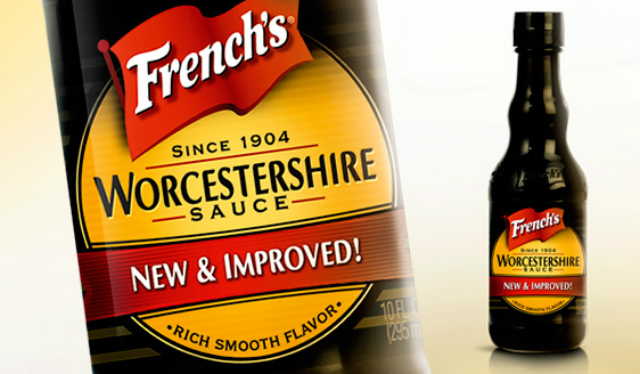


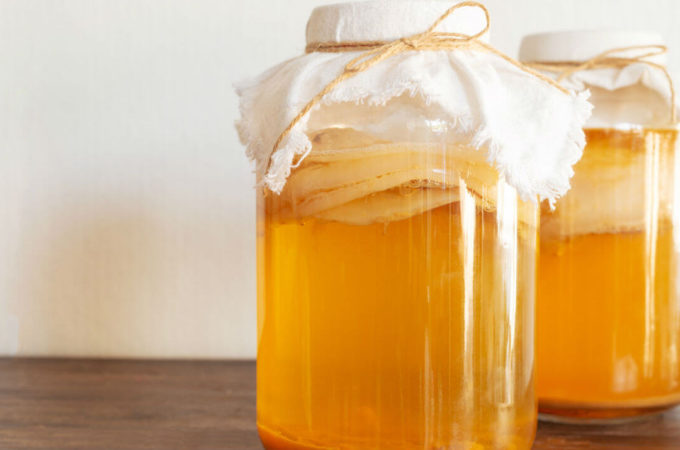
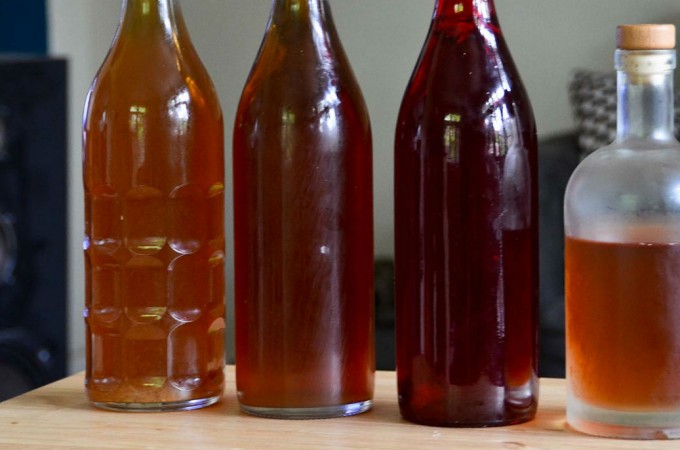
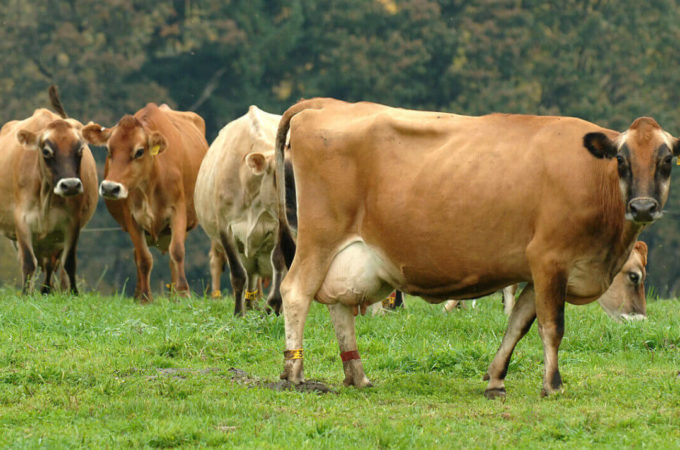

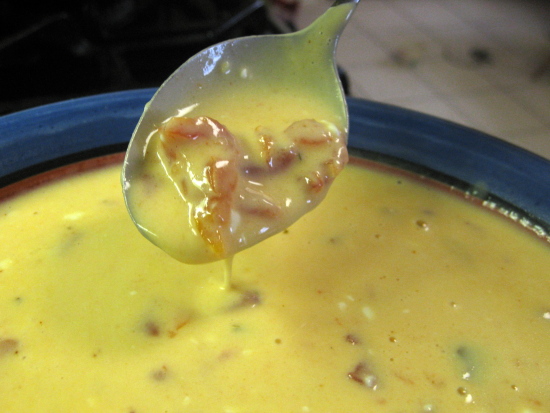
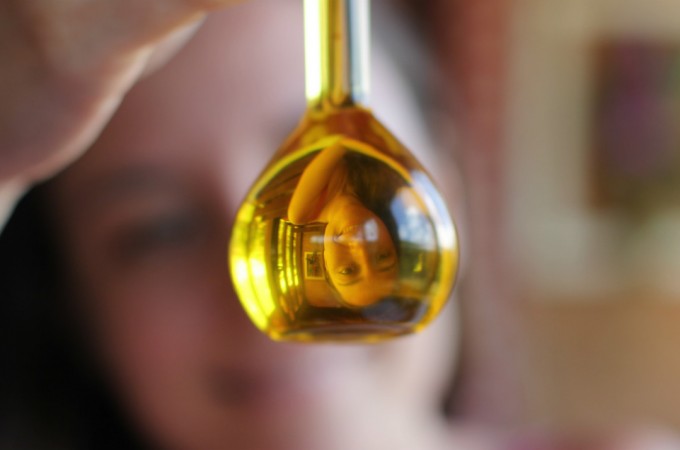
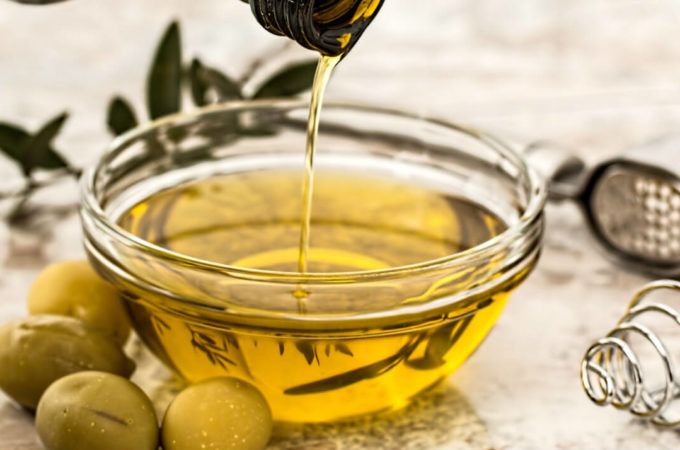


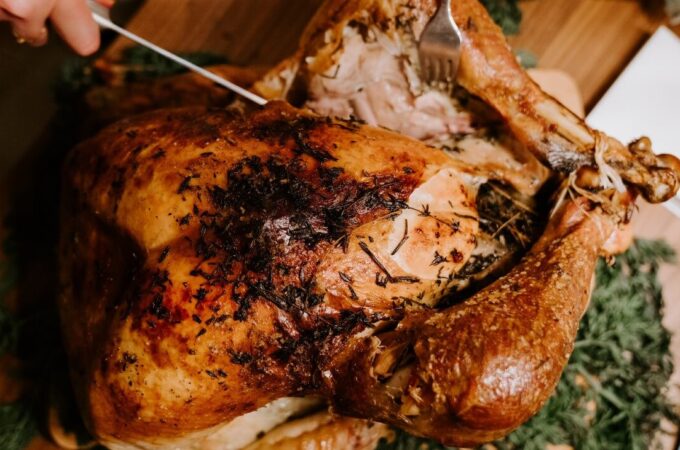

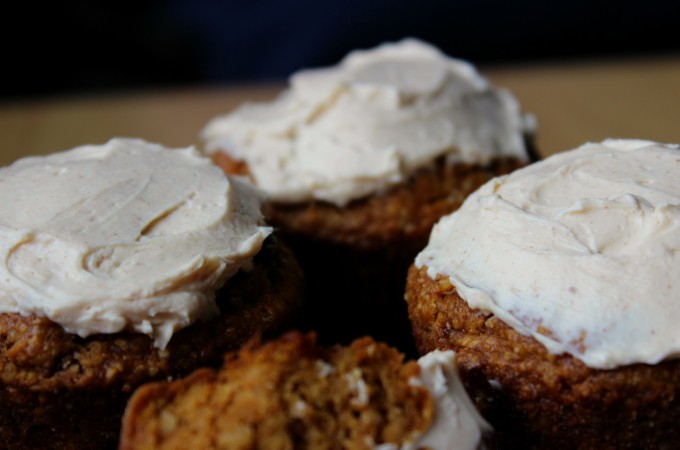
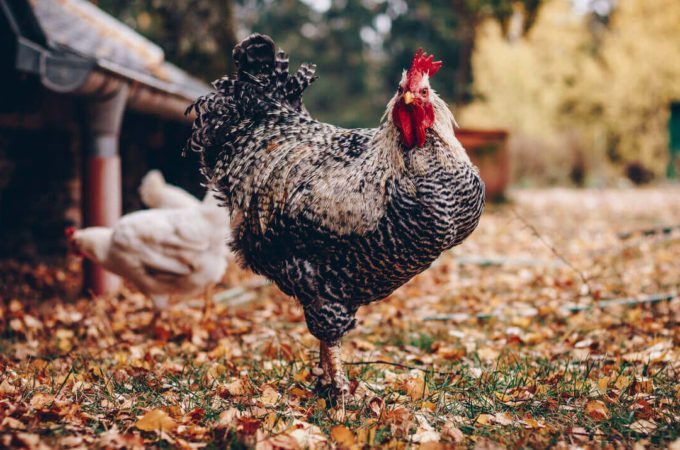
It’s an journey that won’t quit, discovering what our foods are really made of. Did you check Lea&Perrins…always my fav anyway. Thanks, I think, for doing this 🙂
In general I don’t use any French’s products. I use Lea and Perrin’s. It still has sugar – but not corn syrup:
Ingredients: distilled white vinegar, molases, water, sugar, onions, anchovies, salt, garlic, cloves, tamarind extract, natural flavorings, chili pepper extract. Contains anchovies.
I am going to turn a blind eye for today, I have some of this in my food for lunch….scared!
I am going to turn a blind eye for today, I have some of this in my food for lunch….scared!
I am going to turn a blind eye for today, I have some of this in my food for lunch….scared!
mmm so glad i import mine from the UK as there are NO gmo products in it 🙂
mmm so glad i import mine from the UK as there are NO gmo products in it 🙂
mmm so glad i import mine from the UK as there are NO gmo products in it 🙂
Kristen – What do YOU use? It sounds like the recipe isn’t your favorite idea because it says good “in a pinch.” And you’re reluctant to recommend the vegan version without anchovies. What do you ultimately end up using for that great Worcestershire flavor we all love?
I use my homemade recipe, the one I linked to. I say “in a pinch” because it’s not “authentic.” (It doesn’t have tamarind, and it isn’t a long ferment.) Since I’m the Food Renegade, I really *should* be opting for a long-fermented, authentic worcestershire sauce. But it’s just not realistic for me. So the raw, long-fermented homemade sauce is the BEST option, but it’s not the option I use.
http://www.leaperrins.com/products/the-original-worcestershire-sauce/nutrition.aspx
http://www.leaperrins.com/products/the-original-worcestershire-sauce/nutrition.aspx
http://www.leaperrins.com/products/the-original-worcestershire-sauce/nutrition.aspx
All Worcestershire sauce has MSG and MSG is very bad for us. Ingredients like; spices, natural flavors…are all indicators of MSG – even if the front of the label says “No Added MSG”. Look at the ingredients list and look for one of these many hidden forms of MSG and avoid products that have these ingredients….MSG has been linked to Parkinson’s and Alzheimers. http://www.truthinlabeling.org/hiddensources.html
Stop this nonsense. Many foods have msg like walnuts which have more msg than Anchovies or parmesan cheese which has 2.5 times the msg as the prior two. Even grape juice, tomatoes and mushrooms have msg. Numerous studies done in multiple countries for many decades come to the same conclusion that it’s completely safe and harmless
Kim L Hotchkiss — what brand do you buy? I’ve looked all over the web for a version without gmo’s and the only ones I’ve found are vegan, which means no anchovies and therefore they’re missing a crucial component of flavor, imo.
If you must have it then this is a pretty safe alternative as it is certified NON GMO: http://bragg.com/products/la.html
YIKES! I wouldn’t even go near this stuff!
Neither would I… GMO’s and chemicals… !
I make my own
The Original & Genuine Lea & Perrins Worcestershire sauce ingredients are malt vinegar (from barley), spirit vinegar, molasses, sugar, salt, anchovies, tamarind extract, onions, garlic, spice, and flavouring. The “spice, and flavouring” is believed to include cloves, soy sauce, lemons, pickles and peppers. The same recipe in Canada, but I’m not sure of the origin of the sugar.
I love the fact that he asked you to ask yourself 🙂
I’m surprised that you list caramel color as “safe”. Isn’t caramel made from sugar, i.e. probably genetically modified?
Safe does not mean healthy. I spent a whole paragraph trying to sow caution — to describe how the 4-MEI in caramel color has been associated with cancer, convulsions, etc.
However, of all the food colorings available, this is one of the safest and most natural. It’s actually derived from it’s namesake (caramel), which is just sugar and milk.
In other words, I neither endorsed nor rejected the ingredient, but remained neutral.
There is a “WORCHESTERSHIRE SAUCE” out there as you recommend! It’s “LEA & PERRINS – All Natural” with distilled white vinegar,molasses,sugar,water,salt,onions,anchovies,garlic,cloves,tamarind extract,natural flavorings and chili pepper extract. There flavor really comes through in my cooking!
Do they have an organic version? I ask because many of those are the same problematic ingredients above — distilled white vinegar (which is GMO), sugar (which is GMO), etc.
However, if they have an organic version, that would mean the ingredients were sourced from non-GMO sources.
Lea and Perrin’s is great, I agree. I also feel that Worchester sauce is something that is used, in most cases, in small amounts and not on a daily basis, making it possibly less of a health concern. And I appreciate the post!
Thank you for this post! I literally just had the thought that I needed to start making my own cause the store bought stuff was full of crap. Then I saw this post. 🙂
Funny, I just purchased Worcestershire sauce for the first time in my life. I was going to buy French’s because there was a dollar off coupon attached (which is the only reason I was even looking at the Worcestershire sauce to start with), but I read the ingredients, then compared the ingredient list on Lea and Peabody.
French had more ingredients that seemed unnecessary so I opted for the tiny bottle of Lea.
If only I had seen this post earlier, you would’ve saved me some time!
My Lea & Perrins has slightly better ingredients. Not much better though:-(
Certainly NOT French’s
G’day and GREAT post Kristen I am glad did not miss today, true!
When it come to reading an understanding labels, think most people worldwide have no clue!
Shared via Facebook!
Cheers! Joanne
Good taste in scotch.
I have made your homemade worcestershire sauce and it was delicious!
I don’t use worchestershire sauce too much. A small bottle of Lea & Perrins lives in my fridge when I do need some. But this is an interesting recipe. Would love to try it for myself and see how it compares in flavor. Very interesting and in-depth analysis on your article. Love that.
Yes to Lea & Perrins. As the Europeans seem to be miles ahead of us re: GMOs, hopefully the sugar is not GM. Also, my research on corn products show caramel is yet another product derived from corn.
I have made my own, but I sometimes buy the organic from whole foods.
What about Lea & Perrin’s brand?
http://shop.wildtree.com/catalog/gen_catalog_NutritionCard.cfm?p=10862
Wildtree’s Worcestershire is pretty amazing!
http://Www.mywildtree.com/hart
A recipe would be great!
Liz, here you go: https://www.foodrenegade.com/homemade-worcesterschire-sauce/
How long does your recipe keep in the fridge? We use a bottle in 6-12 months.
Make homemade, ferment it
Then can you give us a HOW TO make our own?
To the author:
Propylene glycol is NOT ethylene glycol, the main ingredient found in most antifreeze. Propylene glycol is safe to consume (if one really wanted to).
I emailed Lea and Perrins to specifically ask if their sauce had soy or MSG, was told that is does not. I love Worchestershire Sauce like crazy, so I’ve been using Lea and Perrins. I would love to try the homemade one though! My mother uses Bragg Liquid Aminos or coconut aminos and just about everything she makes is awesome.
I saw on one site that there IS SOY in it!
Besides the Garlic Powder have you found out if Onions are in thevSauce. I saw on one site they had Shallots which is an Onion Product!
Good God! There’s a lot more to worry about in this world than whether the sugar in a bottle of sauce you have was derived from genetically modified beets!
There is zero scientific evidence msg is bad…ZERO
“Vanilla flavoring, for example, is commonly derived from the gland on a beaver’s anus. That said, “natural flavors” should not always be assumed to be bad, either.”
Ah…vanilla flavoring comes from the vanilla bean…it contains no beaver anus extracts…please use snopes.
Thanks, my girlfriend has onion and garlic allergy and we always have to check the ingredients. When spice is listed you don’t know what spice. It often makes it hard to eat out in a nice restaurant because we have to ask what is in the dish. Do you know of a substitute for garlic and onion I can use at home?
That whole ‘beaver’s anus’ hasn’t been done in so long I don’t understand why it keeps being brought up. Artificial vanilla is made from wood by-products. Vanillin is a very simple compound, C8H8O3 (a chemical bond of carbon, hydrogen, and oxygen). Natural vanilla extract actually has more chemicals than vanillin. In the food science industry the standard test to distinguish between the two hinges upon 4-hydroxybenzaldehyde, which is absent from artificial vanilla flavorings. However the taste of natural vanilla is better – although it completely depends on where it was grown.
Notes of rum, cinnamon, and sandalwood that give vanilla its beautiful complexity are volatile, and they degrade quickly in high temperatures, like the ones in your oven, hence why artificial vanillin performs better in items like cookies. Delicate items cooked at a lower heat—or no heat at all—think pudding, creme bruleé, and ice cream, real vanilla is more complexly delicious.
Basically put – imitation vanilla in food and on the shelves today is in no shape or way made or sourced from any animal’s anus and hasn’t been for the last 80 year. I’m going to say that again – that practice was stopped over 80 years ago. and you need to stop the disinformation that it is still happening. It’s actually extremely expensive to buy Castoreum (the actual term for it) and even in the perfume world, which it was highly prized, it’s illegal to use it, so synthetics have been utilized for it for decades now.
Your comments on natural flavor (soy) and caramel color are a little weak. There is a LOT more info on “natural flavor (soy)” and its excitotoxic nature and my daughter has often found caramel color to include food dye (which she is allergic to). Otherwise, I like you article very much.